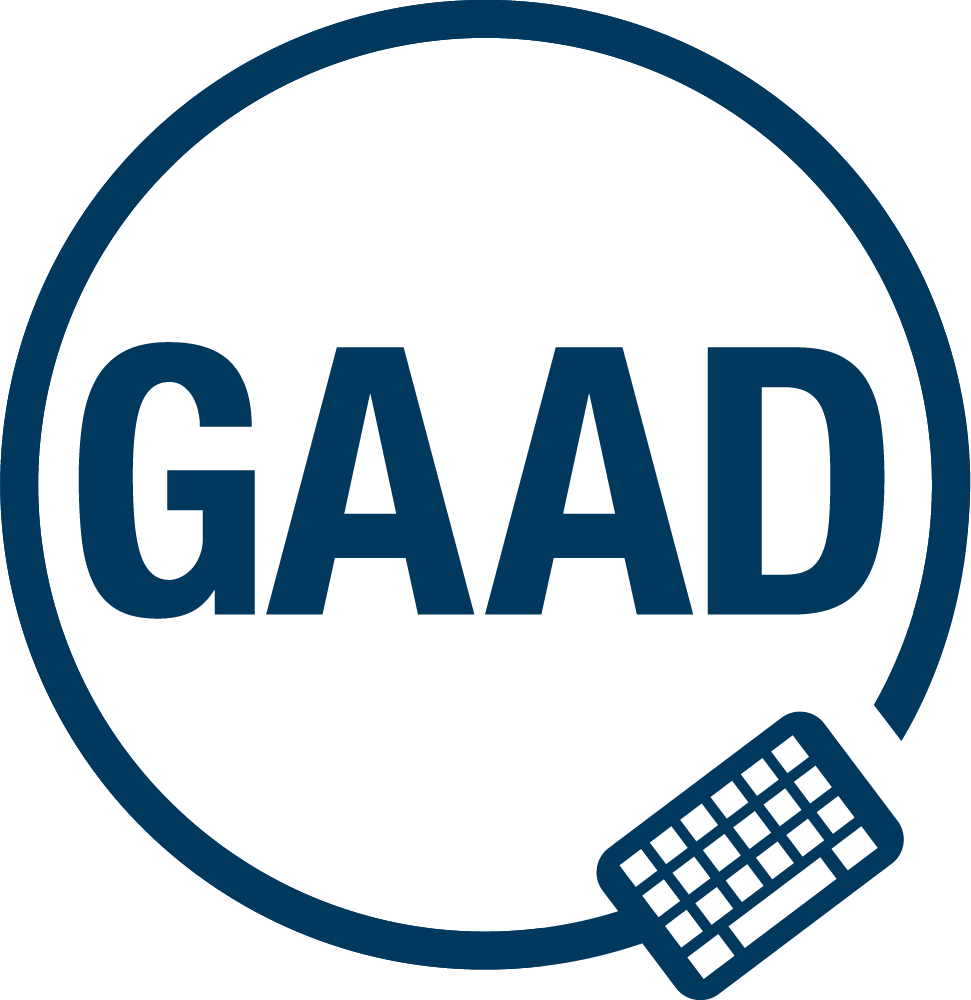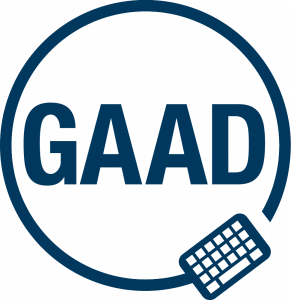Accessibility! Are We There Yet???

Blog By Paul Hopkins: Transcription, Sales & Advocacy Officer – All Formats

What’s Happening? The third Thursday in May each year is Global Accessibility Awareness Day or GAAD as it has become affectionately known. The day will see a number of blog posts focussing on digital content; Apps and Games; websites; payment platforms and so much more. GAAD inspired challenges take place in person and virtually and have included everything from asking people to try to use online content with a screen reader or other assistive tech right through to conferences and symposiums on why accessibility is important and who it benefits.
What Was the Inspiration? Often, huge and impactive events start with one person around which we can collectively gather. GAAD is a case in point. Los Angelis Based web developer, Joe Devon is at the centre of this particular thought with a single blog post written in 2011 and entitled…CHALLENGE: Accessibility know-how needs to go mainstream with developers. NOW.
16 May 2024 Marks the 13th Global Accessibility Awareness Day and presents a regular opportunity to reflect on where we have come from; our current position and what we want and need to see moving forward… not at some point in the indeterminate future but, as Joe0 specifically implied back in 2013…already like…yesterday!
Where we have come from: The author of this particular blog post, (that’ll be me then), has been around for nearly 60 years and has direct lived experience of life long sight loss. Growing up in the 70s and 80s, we accessed education via Braille audio and large print; huge Tactile diagrams and maps, which were quite honestly works of art. Then came the first truly mobile sight loss centric computers in the form of the Eureka. Plus, innovative cassette and Braille based world dictionaries and talking clock calculators…One of which resides in our office and is still going strong over 40 years after it was created.
Our current position: There is no doubt that access for many of us has come a very long way but, it isn’t equitable even in more privileged areas of the world and for those of us who count on it, find it’s often tied up in affordability, availability, and can lack consistency.
What we want and need to see moving forward: A passing outsider looking in and thinking that accessibility doesn’t affect them may conclude that patience isn’t a virtue around those of us who expect to rely on well considered and implemented access solutions. To an extent, they are right but, they risk missing a vital wider point and that is, accessibility and its companion, inclusivity, is good for everyone.
Here’s a few reasons why:
- Accessible design often results in clearer and more intuitive user interfaces.
- By considering the needs of people with disabilities, products and services can reach a broader audience, including those who may not associate themselves with having an access requirement, will feel permitted to ask for what they need if they witness your inclusive approach to those who do.
- The disability Organisation, Purple Pound say “The spending power of disabled people and their household continues to increase and is currently (2020) estimated to be worth £274 billion per year to UK business.”
- The UK has regulations under the Equality Act 2010, requiring access to goods and services which means that making your offer accessible is not only ethical but, legally prudent.
Those of us with relatively good access to a world which isn’t as accessible as it should be will understand that access to digital content is only part of what accessibility means. According to the Sight Loss and Technology Briefing- How Blind and Partially Sighted People Can Bridge the Digital Divide. Published September 2021, at best, we are still twice as likely to be digitally excluded compared to the general public. The situation is even worse for the 36% of blind and partially sighted people who never use the internet or don’t have access to it.
I’m Interested in Making My Products and Services More Accessible…What Should I Do Next? Access and inclusion are essential for creating fair, equitable, and vibrant communities where everyone can thrive. Ultimately, coproduction is the bedrock of finding agreement and creating systemic and lasting change for the benefit of everyone in society. At All Formats, the journey starts with a conversation. Talk to us today via the contact details listed below to find out how we can help you connect and communicate with a significant minority community of which we are proud to belong.
resource
